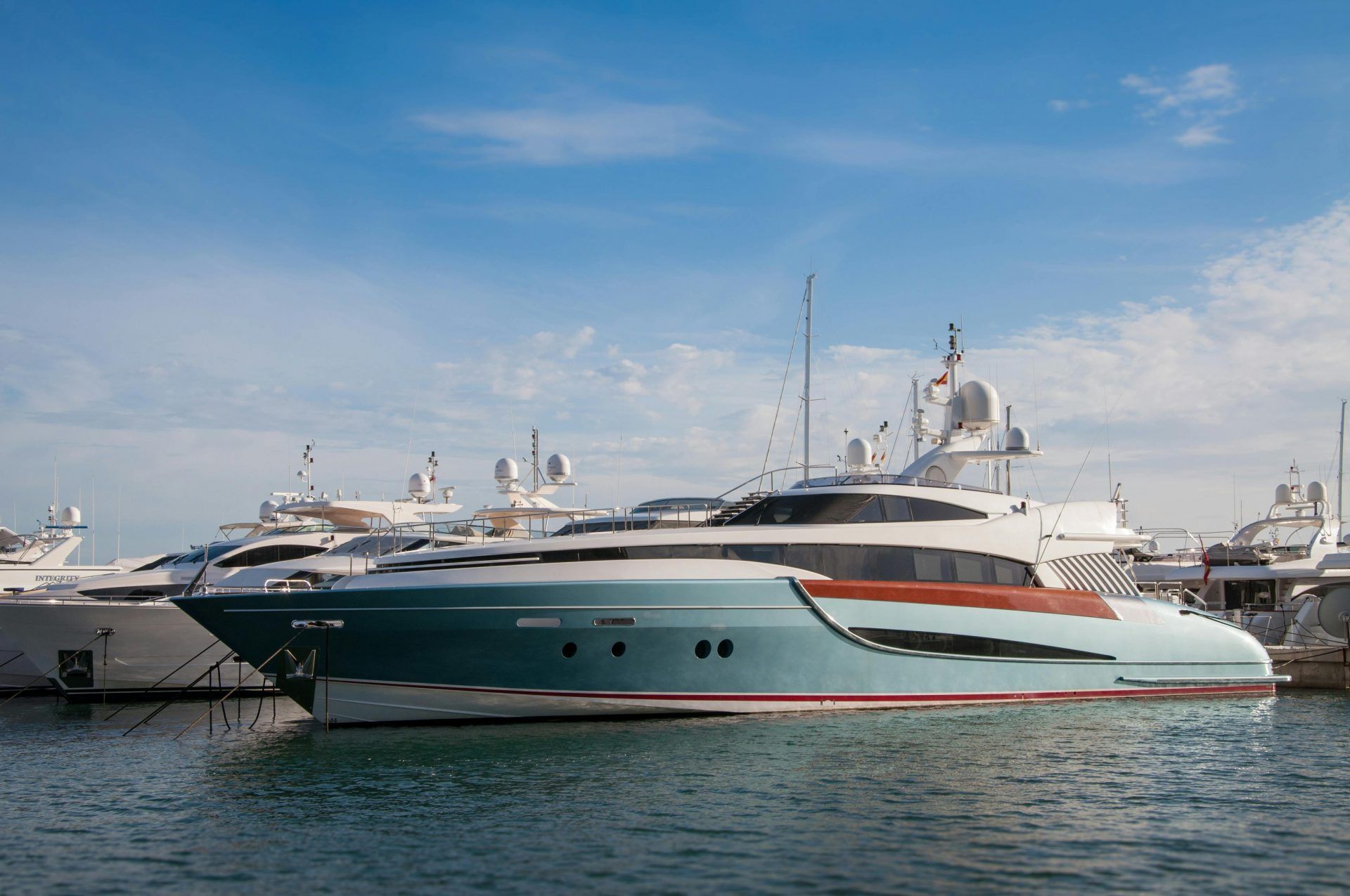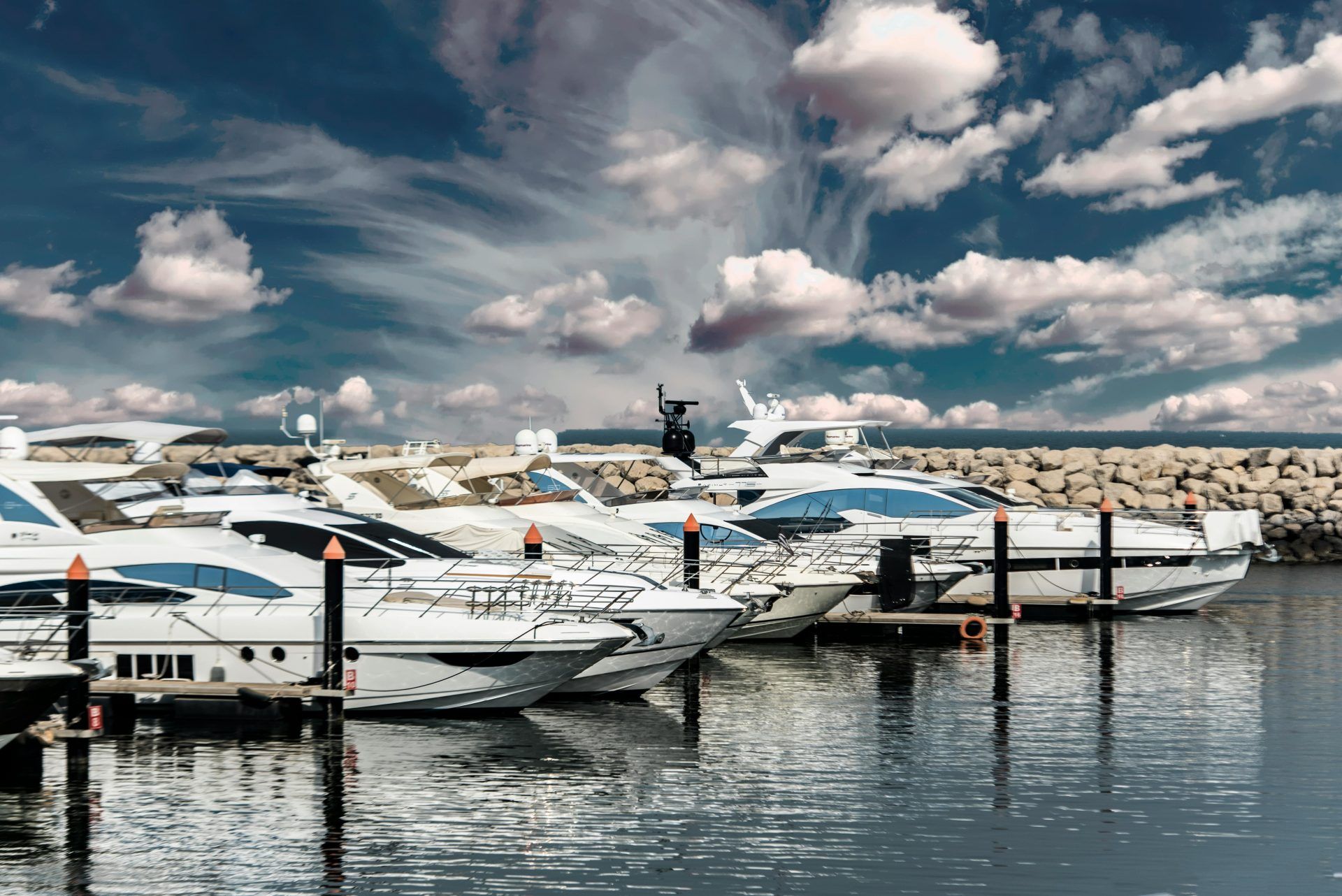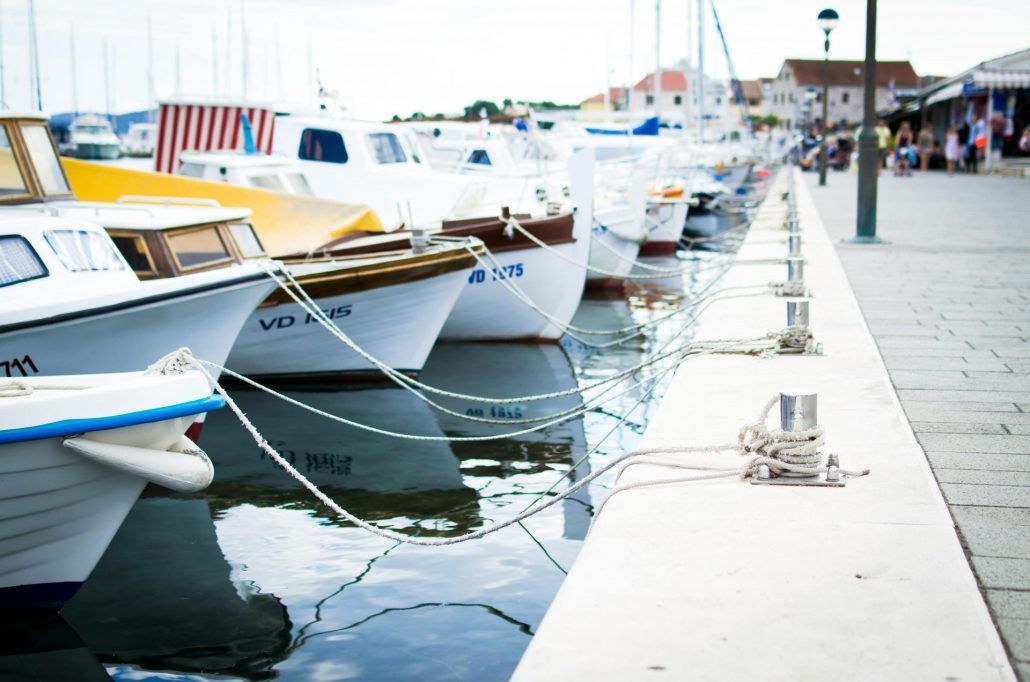Buying a yacht is more than just a transaction. It’s an investment in a new way of life filled with sunsets on the horizon, the thrill of navigating open waters, and the allure of waking up to a different coastline every morning. Picture yourself gliding effortlessly over the waves, champagne in hand, with the wind in your hair and the freedom to explore wherever your heart desires. This dream is at the core of yacht buying, a venture that promises a heady mix of adventure, luxury, and independence. But as with all dreams, there’s a fair bit of planning and knowledge required to turn it into reality.
For first-time yacht buyers, the sheer range of choices — from types and sizes to technical specifications and legalities — can feel overwhelming. Do you go for a sleek, wind-powered sailing yacht or a powerful, engine-driven motor yacht? Should you splurge on a brand-new vessel or go for a character-filled pre-owned option? How do you navigate the maze of surveys, sea trials, and negotiations?
To get you started, we’ve put together a beginner’s guide to yacht buying that’ll help demystify the process, breaking down each step to ensure you sail smoothly from aspiration to acquisition. Whether you’re dreaming of serene day trips, epic ocean crossings, or a floating home on the high seas, this guide will help you find the perfect yacht to match your vision.
A beginner’s guide to yacht buying
1. Understanding your needs and budget

Before diving into the yacht buying process, it’s essential to identify your needs and set a realistic budget. Yachts come in various sizes, designs, and functionalities, ranging from small sailboats to luxury superyachts. Consider the primary purpose of your yacht: Will it be for day cruising, weekend trips, extended voyages, or living aboard? Determine the number of people it needs to accommodate, the level of comfort you desire, and the maintenance costs you’re willing to bear. Establishing a budget will help narrow down your choices, factoring in not only the initial purchase price but also ongoing expenses such as mooring fees, insurance, maintenance, and crew salaries if required.
2. Types of yachts: Choosing the right one for you
Yacht buying involves choosing from various types of yachts, each offering unique features and benefits. Generally, yachts are categorised into two main types: Sailing yachts and motor yachts.
- Sailing yachts: These are powered by the wind and offer a more traditional, environmentally-friendly, and economical option. They are ideal for those who enjoy the art of sailing and are looking for a more hands-on experience. Sailing yachts come in different configurations, such as sloops, ketches, and catamarans, each suited for various sailing styles and sea conditions.
- Motor yachts: Powered by engines, motor yachts are perfect for those who prefer speed, power, and ease of navigation. They are better suited for long-distance cruising and offer more space, comfort, and luxury amenities. Within motor yachts, there are several subcategories, including sport yachts, flybridge yachts, and explorer yachts, each designed for different cruising experiences.
Understanding the differences between these types will significantly impact your yacht buying decision, so it’s crucial to align your choice with your sailing style, intended use, and desired comfort level.
3. New vs. pre-owned yachts
One of the pivotal decisions in yacht buying is whether to go for a brand-new yacht or a pre-owned one.
- New yachts: Opting for a new yacht allows you to customise it according to your preferences, from interior design to onboard technology and equipment. New yachts come with warranties, reducing the risk of immediate repairs or unforeseen issues. However, they come with a higher price tag and tend to depreciate more rapidly in the first few years.
- Pre-owned yachts: Buying a used yacht can be more cost-effective, especially if you find a well-maintained vessel. Pre-owned yachts often come with additional equipment and upgrades from the previous owner, which can add value. However, it’s crucial to conduct a thorough inspection and survey to assess the yacht’s condition and identify any potential issues that may incur future costs.
4. The importance of yacht surveys and sea trials

A significant step in yacht buying is conducting a yacht survey and sea trial. A yacht survey is a professional inspection carried out by a qualified marine surveyor to assess the vessel’s condition, safety, and seaworthiness. This process includes examining the hull, engine, electrical systems, plumbing, and safety equipment. A sea trial allows you to experience the yacht’s performance firsthand, checking its speed, handling, and comfort on the water. Both are essential to ensure the yacht is in good condition and meets your expectations before finalising the purchase.
5. Legal aspects and documentation
Yacht buying also involves navigating through various legalities and paperwork. Ensuring the yacht has a clear title and is free from any encumbrances, such as outstanding loans or liens, is crucial. The sale agreement should detail the terms of the purchase, including the price, deposit, delivery date, and any included equipment or warranties. Additionally, consider the flag state under which the yacht will be registered, as this affects taxation, regulations, and legal responsibilities. Consulting with a maritime lawyer or yacht broker can help simplify this process and ensure compliance with local and international maritime laws.
6. Working with a yacht broker
While it is possible to manage the yacht buying process independently, hiring a yacht broker can offer several advantages, especially for beginners. A yacht broker acts as an intermediary between the buyer and seller, providing valuable insights into the market, guiding you through the selection process, arranging surveys and sea trials, and handling negotiations and paperwork. Brokers are experienced professionals who can help you avoid potential pitfalls and ensure a smooth and successful transaction.
7. Yacht financing and insurance

Financing a yacht purchase can be challenging, especially for first-time buyers. Various financing options are available, such as marine mortgages or personal loans, depending on the yacht’s price, age, and your financial profile. It is advisable to consult with a marine finance specialist to understand the terms, interest rates, and repayment options available. In addition, securing comprehensive yacht insurance is essential to protect your investment from potential risks like accidents, theft, or natural disasters. Yacht insurance policies vary widely, so carefully review the coverage, exclusions, and premiums before choosing a policy.
8. Post-purchase considerations
Once the yacht buying process is complete, there are several post-purchase considerations to keep in mind. These include arranging for a suitable mooring or marina berth, hiring a qualified crew if necessary, and planning for regular maintenance and servicing. Equipping your yacht with the necessary safety gear, spare parts, and provisions for your intended voyages is also essential. Joining a yachting club or community can provide valuable support, networking opportunities, and resources for new yacht owners.
Yacht buying is an exciting but complex journey that requires careful planning, research, and consideration. By understanding your needs, setting a realistic budget, choosing the right type of yacht, conducting thorough surveys, and working with professionals, you can find the perfect yacht that aligns with your lifestyle and sailing ambitions. Remember, a well-informed decision will lead to a more satisfying yachting experience, ensuring you enjoy your time on the water to the fullest.
(Featured image: Lukas/Pexels)

